
Between writing about houseplant care and having my own large collection of indoor plants, I've often had conversations with people who say they're put off by the idea of having them in their home. The list of reasons why are all the same, and they're all usually misinformed. That's why I've decided to expose some of the worst houseplant myths out there, in the hopes to put your concerns to bed.
Most of the time, mumblings about indoor plants being messy, bug-magnets that are just too much of a commitment to care for stem from common indoor plant mistakes. From not watering correctly to choosing the wrong houseplant for a low-light living room, there are a number of errors that can kill off houseplants and discourage you from trying again. But, with a little know-how on keeping houseplants happy, I promise houseplant care can be a breeze.
Trust me, after reading my take on why these houseplant myths simply aren't true, you'll be equipped to take on any indoor plant.
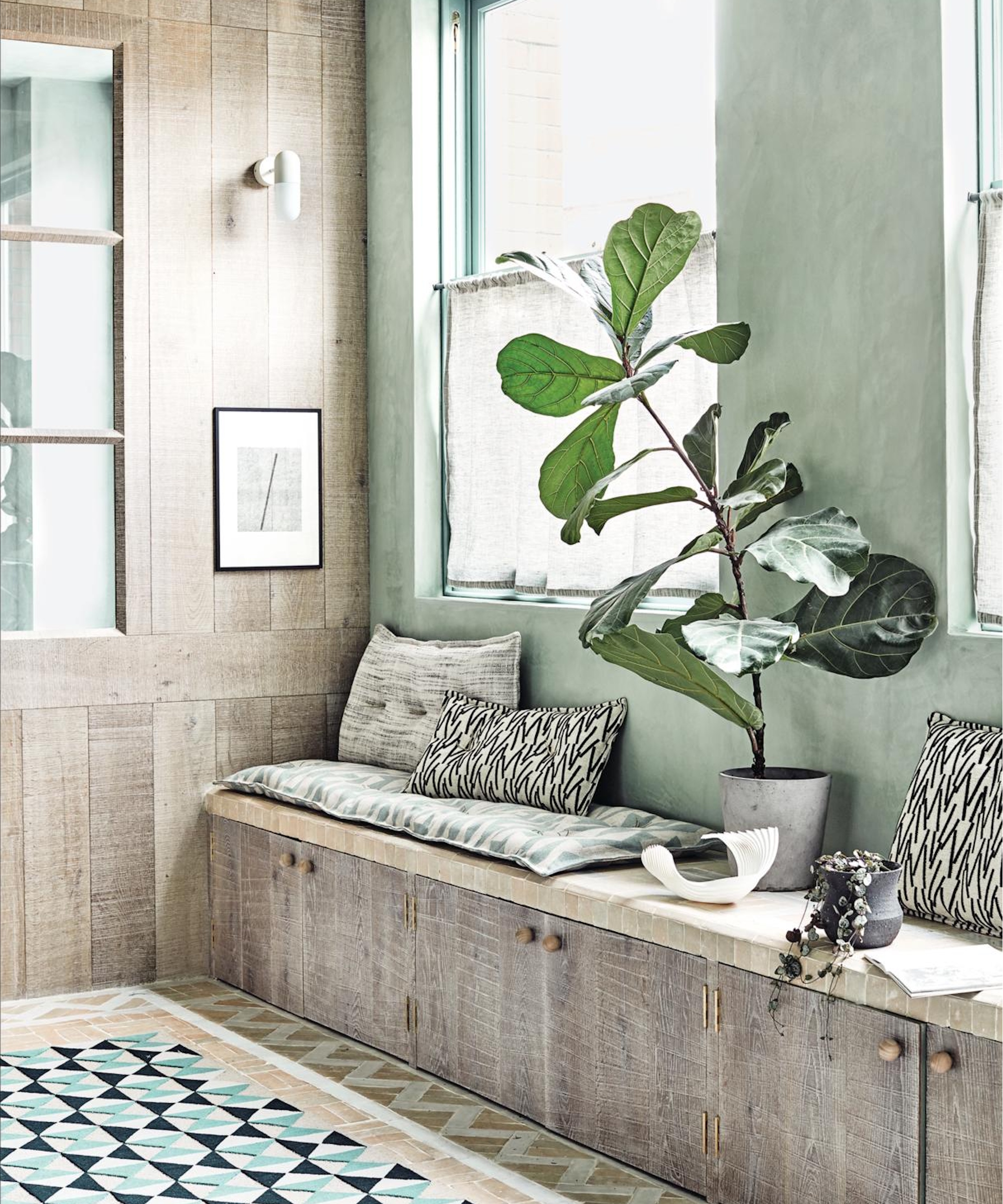
5 houseplant myths debunked
With the right plants for your space, the right environment in place, and the right care regime, the majority of houseplants can be pretty low-maintenance. Don't believe me? Here are five of the worst houseplant myths I've heard and why you shouldn't pay any attention to them.
1. Houseplants attract bugs
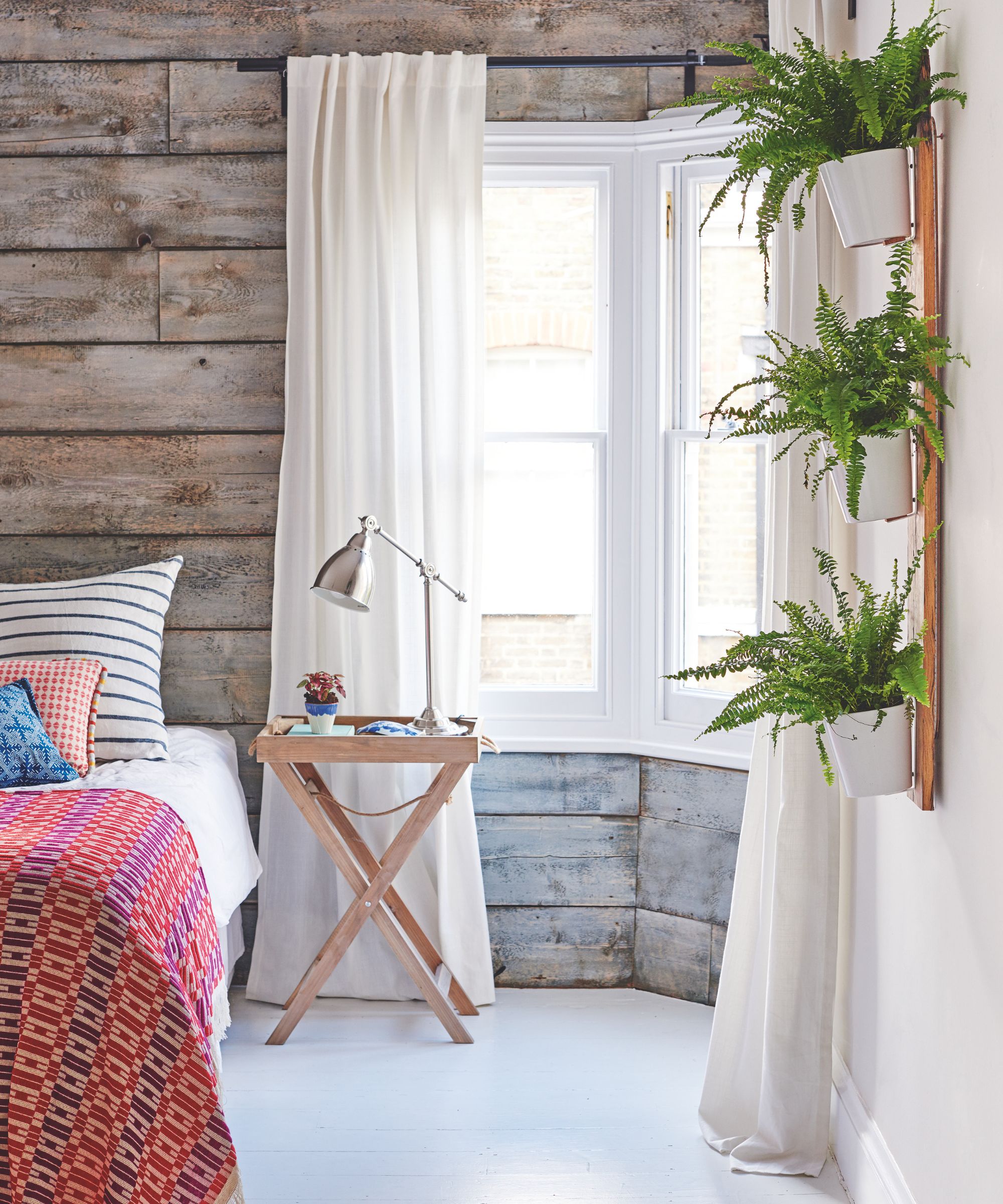
The number one reason I find individuals opt for plastic artificial plants over living ones is because they've heard houseplants attract bugs.
The bugs most likely being referred to are fungus gnats, and while it's true the presence of these little black flies can be linked to houseplants, it isn't inherently related.
Fungus gnats will only appear around your houseplants if something is wrong – it's actually a great warning that something needs changing in your plant's environment.
Most commonly, this happens when your houseplant soil is too wet. It's actually the overly moist soil that attracts the gnats, not the plants themselves.
But, it's incredibly easy to avoid this from happening. All you have to do is allow your houseplant soil to dry out sufficiently before watering again.
My fool-proof trick for this is using a soil moisture meter (from Amazon) to see if the top two inches of soil have dried out. Though moisture needs differ between houseplants, this is a general rule of thumb to follow to avoid oversaturated soil.
Keeping your plant somewhere bright and not overcrowding it with neighboring plants will also allow the soil to dry out more quickly and provide better airflow, discouraging fungus gnat presence.
And if you do happen to spot these little black flies, it's easy enough to get rid of fungus gnats.
2. Orchids are impossible to keep alive
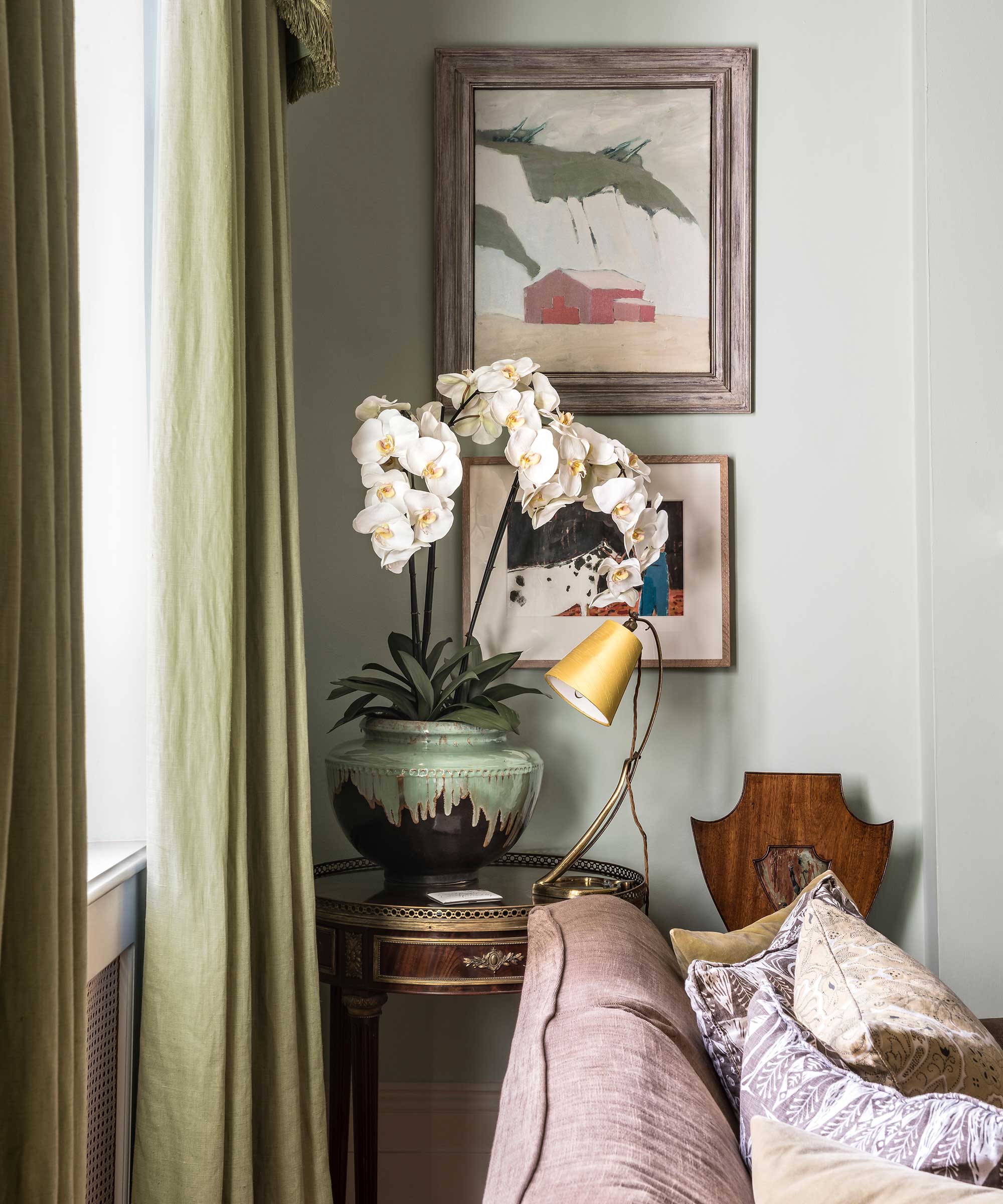
Orchids are one of the most popular indoor flowering plants and equally one of the most loathed. Even if you don't know much about houseplants, I'm sure you've heard these exotic blooms are 'impossible' to care for.
While it's true orchid care is particular and can be challenging, following just a handful of basic rules will keep them going for years and years.
Less is more when it comes to orchids – less water and less fuss, they're a lot more neglect tolerant than they're often made out to be.
In fact, overwatering is the number one way these plants are killed, because they require much less moisture than other plants.
Luckily, these plants actually tell you when they want a drink. When they're unique aerial roots appear gray, it's time to water your orchid. Green roots on the other hand indicate they have a sufficient moisture level.
Something else to understand is the natural flowering cycle of orchids. Just because yours has lost its blooms and its stem has turned yellow, doesn't mean it has died and needs throwing out.
Orchids go through a period of dormancy with no blooms. Glossy green foliage is a sign it is still alive and well, simply resting before another flowering season where it will put out a new flower stem (typically spring and summer when the temperatures are warmer).
The best orchid hack to make it low-maintenance is placing it somewhere humid, like a bathroom. This extra humidity will be enjoyed by these tropical flowers, encouraging flowering and stopping wrinkled orchid leaves.
If you're struggling to get your orchid to bloom again, you can also try using a boost of orchid fertilizer (from Amazon) in the spring and summer months.
Keen to give orchid growing a go? I recommend starting off with a moth orchid (from Walmart), as these are more straightforward to care for than other types of orchids.
3. Houseplants are hard to water correctly

Yes and no to this houseplant myth.
The most challenging thing about watering houseplants is that each one has different needs. This is where a set watering schedule doesn't work – watering all of your plants at the same frequency will cause you to underwater some plants and overwater others.
Instead, I encourage a regular checking schedule. Once a week, go around to each of your plants and use your finger or soil moisture meter to see if it needs watering. If it's still wet, move on to the next.
Of course you should keep in mind the type of plants you have. For example, cacti and succulents enjoy a longer period of drought, while calatheas will need watering when the top two inches of soil has dried out.
This simple adjustment will stop you making watering mistakes, for good. In turn, this will prevent the issue of root rot and common houseplant pests that thrive in dry conditions, like spider mites.
I've also found that after some time of owning a houseplant, you become very familiar with its needs and you'll gain a better idea of when to water it.
Top tip: some tropical indoor plants enjoy higher humidity, so also grab your plant mister (from Amazon) when you go around with your watering can.
4. Houseplants won't survive in low-light rooms
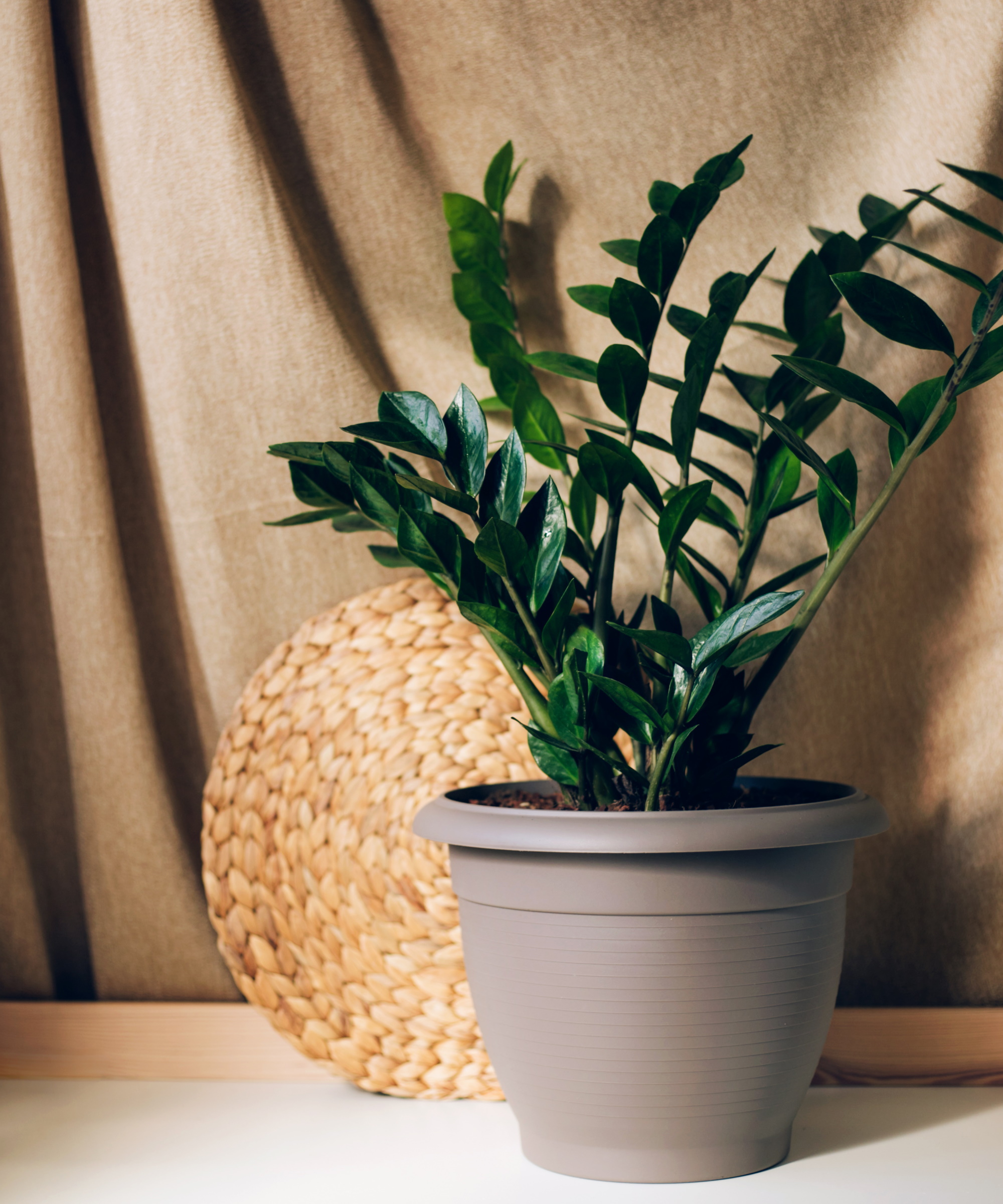
If the reason you haven't got your hands on a houseplant yet is because you have limited light in your home, I have good news for you. There are a number of indoor low light plants that tolerate shadier conditions.
From a cast iron plant to a ZZ plant (pictured above), there are plants of all shapes, colors, and sizes that will be happy to grow away from bright windows.
The important thing to note with this is that low light doesn't mean no light. A corridor with no windows, for example, won't work so well, but a north-facing room with muted daylight will work for the right plant.
If you are keen to have a particular houseplant needing more light than you can provide, turn to the help of grow lights. They emit a full light spectrum, as well as options for red and blue light, to support plant growth.
And don't worry, there are plenty of beautiful grow lights that will seamlessly blend into styled interiors. I particularly like this wooden lamp grow light from Amazon.
5. Houseplants and pets don't go together
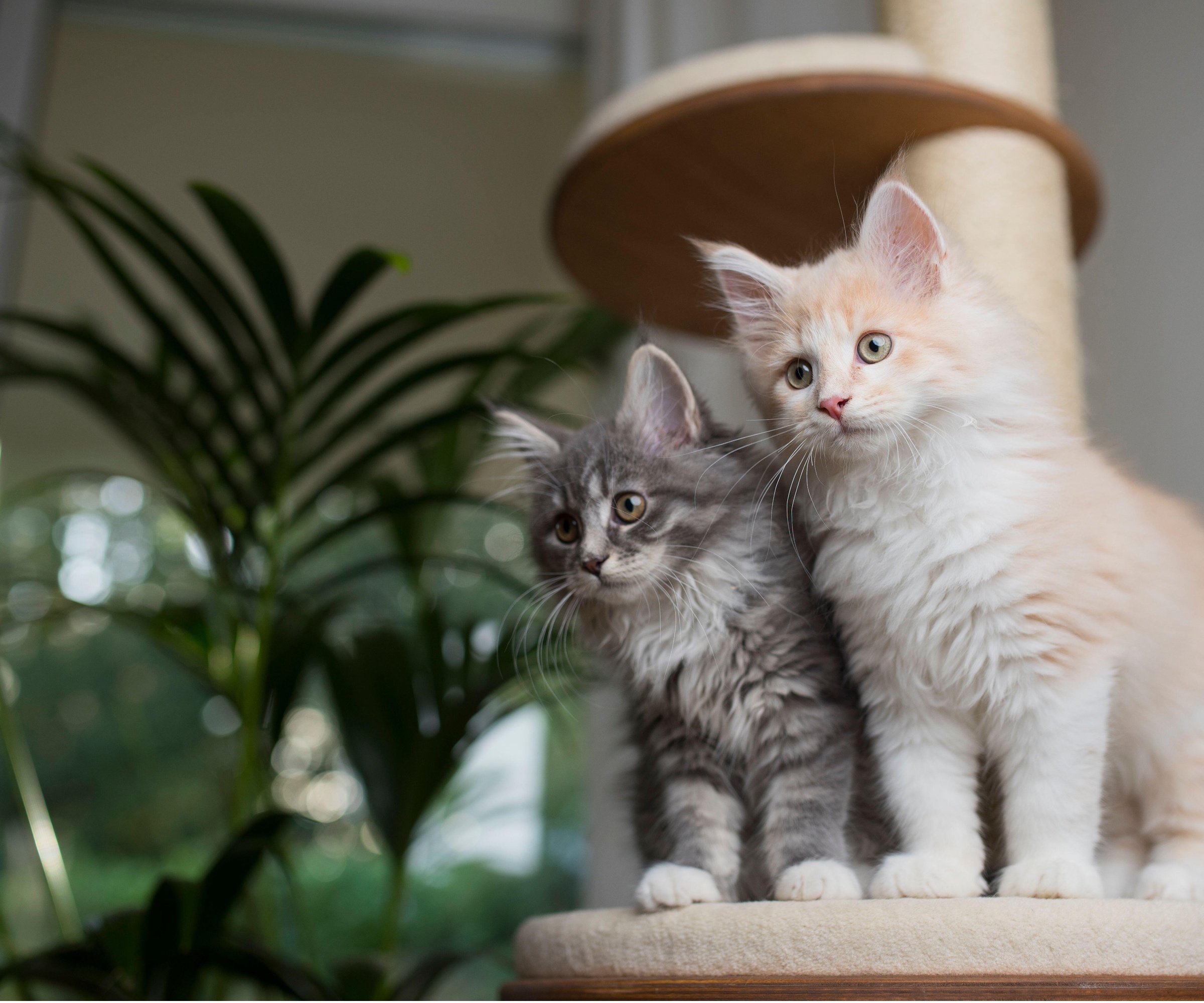
Another thing that puts many off houseplants is the idea of them posing a threat to pets, and vice versa if you have particularly curious pets who might chew foliage.
If you do have pets, you definitely need to be more considerate around the houseplants you choose because many have toxic foliage. Some of the worst picks include pothos and snake plant.
But, there are plenty of pet-safe indoor plants that aren't toxic, including ponytail palm and Boston fern.
Placing houseplants out of reach of pets is another way to make it safer for them, such as using higher surfaces like shelves.
Having houseplants and pets can work, but it's all to do with careful management and knowing your pet's behaviour to determine whether having a particular plant around them is a safe idea.
FAQs
What's the easiest houseplant for beginners?
My top pick of an easy houseplant for beginners is a spider plant. These plants are incredibly low-maintenance, don't mind a bit of neglect, and they are very forgiving, often perking back up with a bit of water. They also produce lots of baby spider plants to propagate, so you can multiply your collection easily and quickly.
Something else I recommend to first-time houseplant owners is getting together a plant care kit. Here are some essentials to include:
This gorgeous glass watering can is the perfect size for watering houseplants, with a long, narrow spout.
Spritz houseplant leaves with this leaf shine to give them a glossier look. It's made from organic ingredients.
Keep your clothes clean by wearing this beautiful garden apron when repotting houseplants. It also has pockets to carry tools with ease.
If your plant pot doesn't have drainage holes, place these inserts in them. They create space at the bottom of your pot for excess moisture to drain into.







